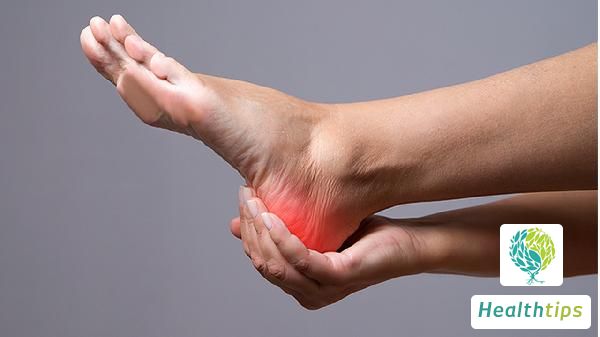Can rectal prolapse cause lower abdominal pain?
Rectal prolapse may lead to lower abdominal pain, especially when the symptoms of prolapse are pronounced and accompanied by other complications. Lower abdominal pain is often associated with increased intra-abdominal pressure, intestinal involvement, or pelvic floor muscle issues. Patients are advised to seek medical attention promptly for examination and to relieve symptoms through appropriate treatment.

Rectal prolapse refers to the abnormal position of part or all of the rectum protruding outside the anus, which may cause various symptoms, including lower abdominal pain:
- Abnormal pelvic floor muscle function: Weakness or imbalance in pelvic floor muscles may cause abdominal discomfort or spasms, leading to lower abdominal pain.
- Increased intestinal pressure: Rectal prolapse may obstruct the passage of feces, increasing intestinal pressure and causing abdominal cramps and discomfort.
- Nerve compression or tissue inflammation: Prolonged prolapse may induce inflammation around the rectum or compress adjacent nerves, further causing pain.
Medical imaging (such as MRI or ultrasound) combined with medical history analysis is recommended to confirm the specific cause.
- Pelvic floor rehabilitation training: Targeted pelvic floor muscle exercises, such as Kegel exercises, can help strengthen pelvic floor muscles and improve symptoms. Example: Repeat contracting and relaxing pelvic floor muscles 5 sets of 10 repetitions daily.
- Dietary adjustments: A high-fiber diet and adequate water intake can prevent constipation, indirectly reducing pressure on the rectum. Whole grains, vegetables, and fruits such as oats and spinach are recommended.
- Pharmacological treatment: Mild to moderate patients can use laxatives such as lactulose or polyethylene glycol to soften feces and reduce intra-abdominal pressure during defecation. Use under medical advice to avoid side effects.
- Surgical treatment: For severe symptoms or ineffective conservative treatment, surgical intervention may be considered. Common surgeries include:
- Transanal surgery: Suitable for patients with mild bleeding or prolapse, involving resection of excess tissue.
- Laparoscopic suspension: Fixing the rectum laparoscopically to restore its normal anatomical position.
- Perineal surgery: Suitable for older patients or those with multiple comorbidities. The surgical plan should be determined based on the patient's age, health status, and severity of prolapse.
If lower abdominal pain is frequent or significantly affects daily life quality, promptly consult a gastroenterologist or colorectal surgeon for a comprehensive physical examination and imaging assessment. Avoid prolonged sitting, maintain regular bowel movements, and balance intra-abdominal pressure, which are crucial for recovering from and preventing rectal prolapse. Lower abdominal pain due to rectal prolapse can be effectively improved through standardized treatment and scientific prevention. In case of persistent discomfort, seek medical attention promptly for a definitive diagnosis and professional treatment, while paying attention to daily care to reduce the risk of recurrence.



















